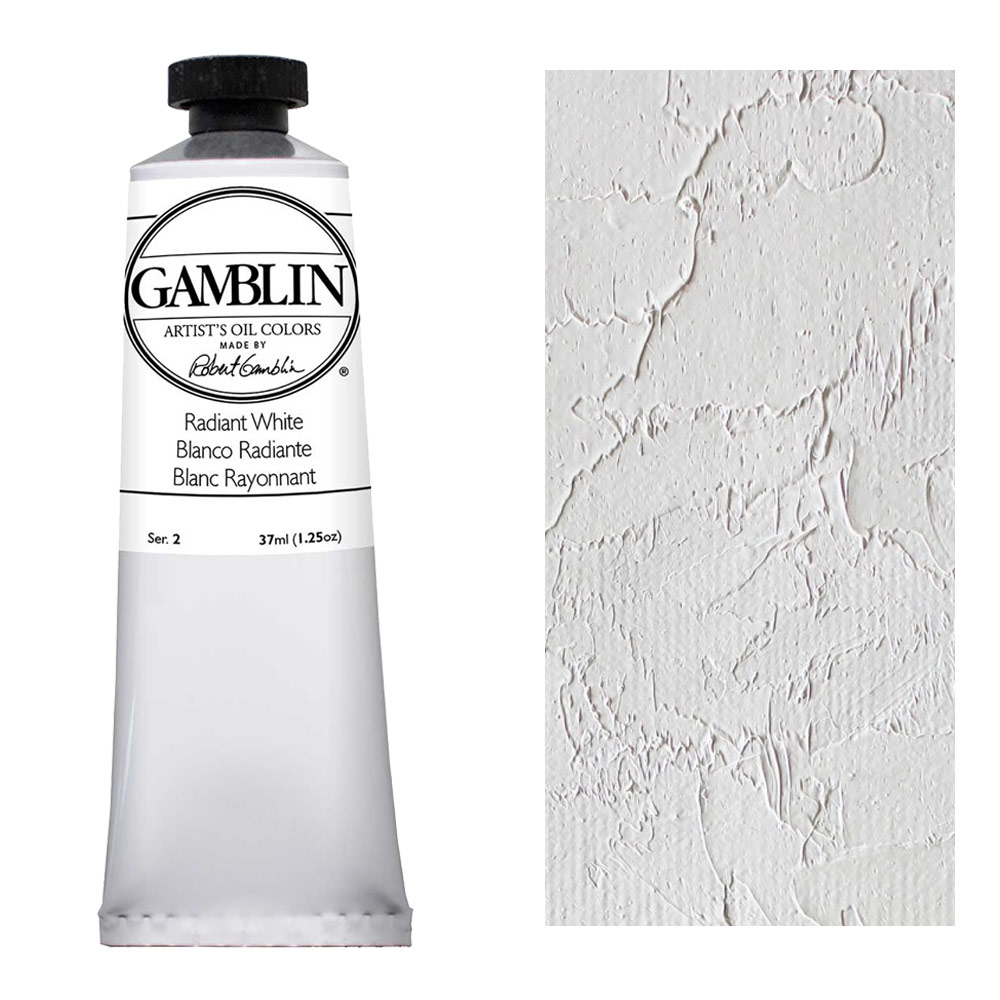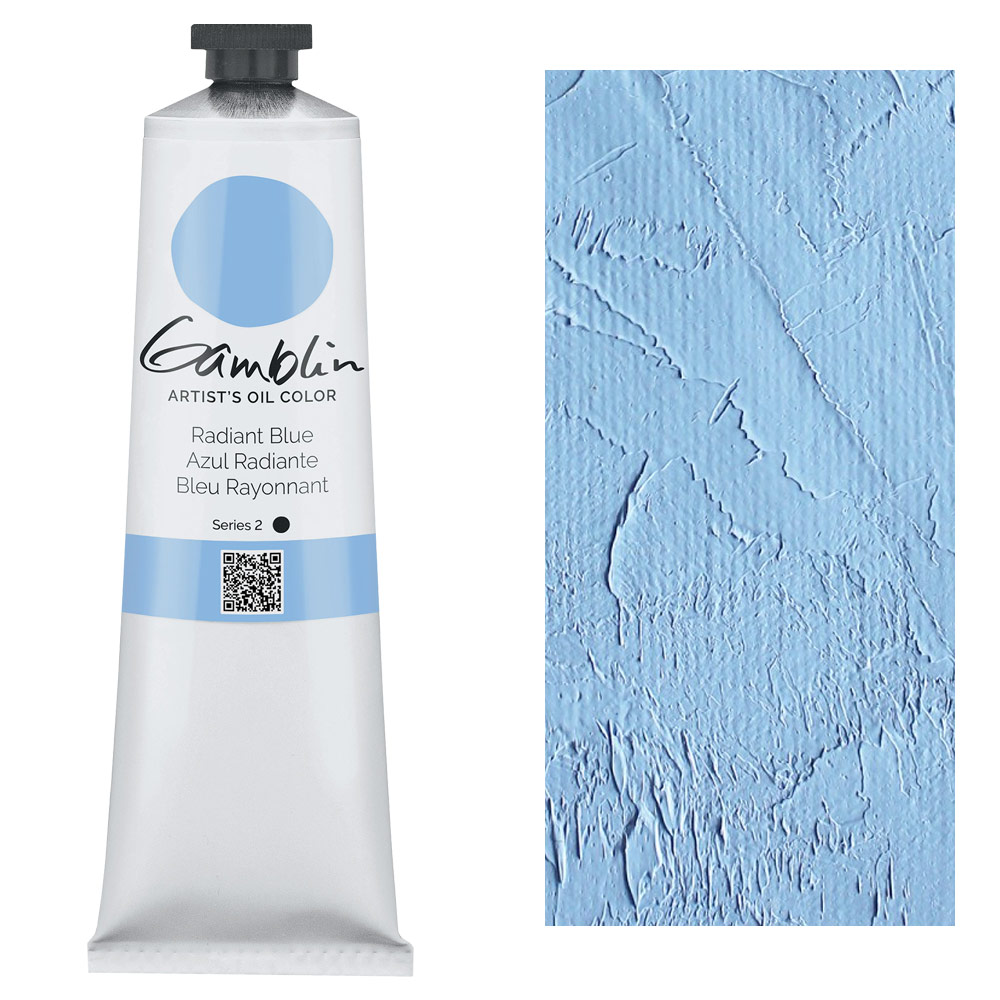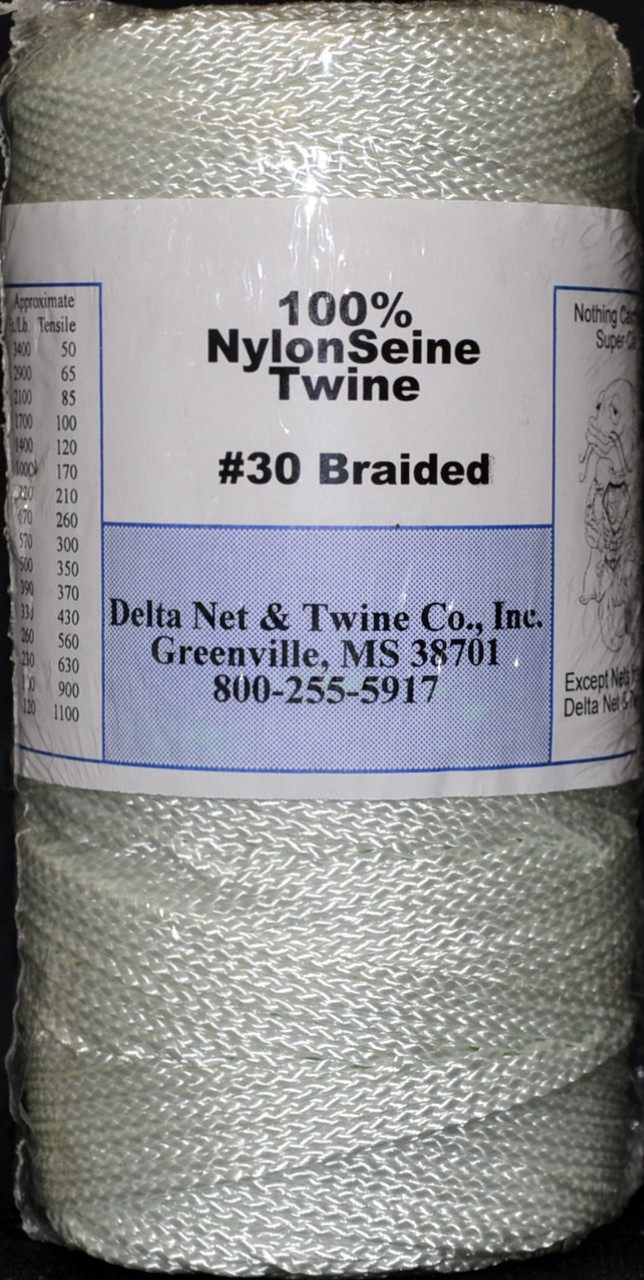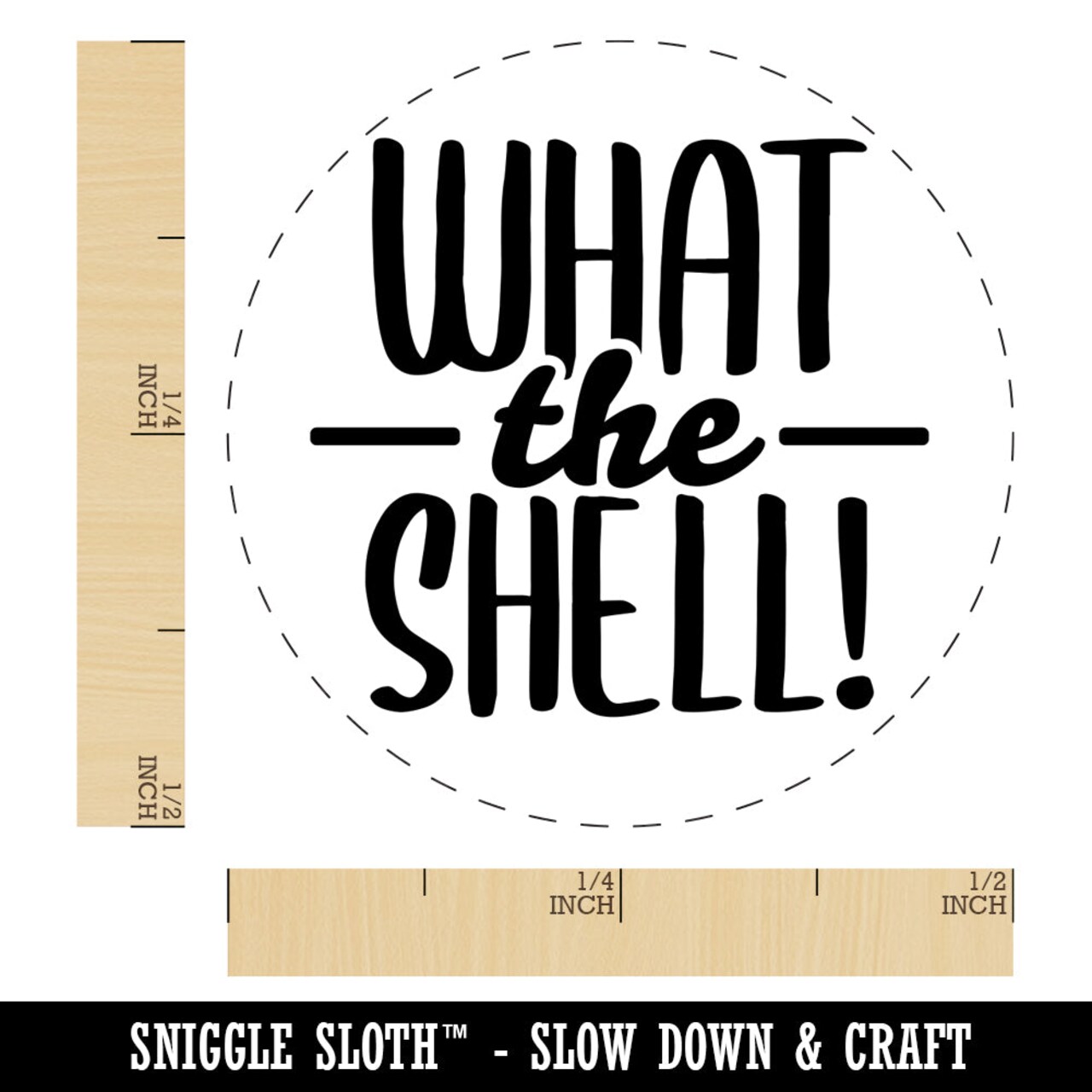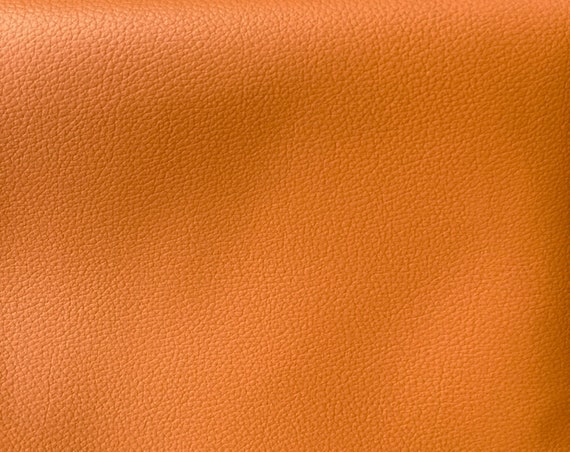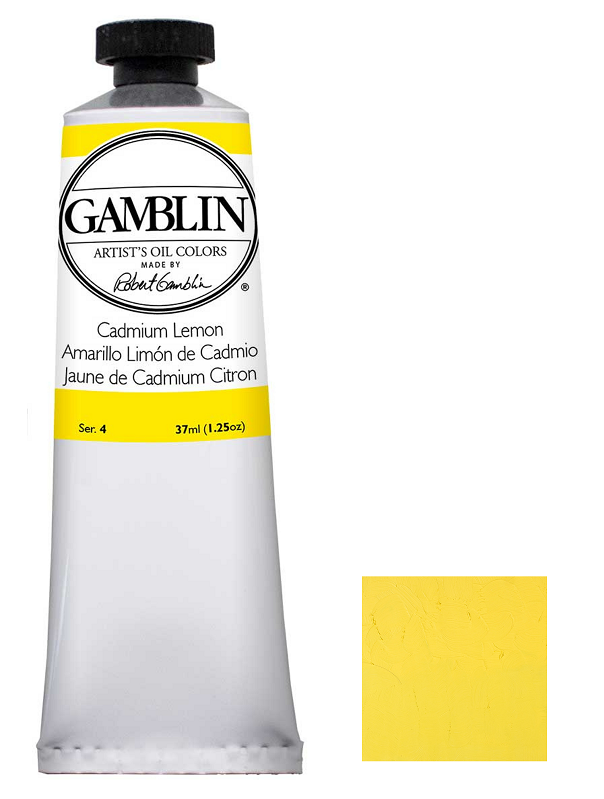
Gamblin Artist Grade Oil Colors 37ml Tubes – ARTONLY
Robert Gamblin organized our palette into Mineral and Modern color groupings to help artists easily choose a palette of colors that best matches their artistic intent. Our colors are also grouped by eras of pigment history: Classical, Impressionist, and 20th Century. Throughout the history of art, paintings have always
Robert Gamblin organized our palette into Mineral and Modern color groupings to help artists easily choose a palette of colors that best matches their artistic intent. Our colors are also grouped by eras of pigment history: Classical, Impressionist, and 20th Century. Throughout the history of art, paintings have always been a reflection of the materials that were available to artists.
Mineral Colors
The Mineral side of the color chart includes those colorrs made from inorganic pigments, that is, metal ores dug from the earth.
For many of these pigments, their color is developed in ovens at very high heat. At the bottom of the Mineral side of the chart is the group of earth colors that made up the heart of painters’ palettes during the Classical Era. This group of pigments, which has its origins in cave painting and antiquity, was central to the oil painter’s palette from the Renaissance through the Classical Era. From this limited range of earth colors, painters depicted form by drawing large contrasts between the darkest dark's and the lightest lights, creating the chiaroscuro (literally, “light/dark”) effect so characteristic of classical paintings.
During the Industrial Revolution, a whole new array of inorganic pigments was developed from compounds of minerals, such as cobalt, cadmium and manganese. Their intense mass tones complemented earth colors on painters’ palettes and replaced paints made from expensive semi-precious stones, fugitive colors, or highly toxic compounds. This full spectrum of pigments, packaged for the first time as oil colors in tubes, expressed the Impressionists’ interest in pure color.
Mineral Colors grey down when mixed with white, which is perfect for capturing the colors of the natural world. Mineral-based pigments have larger pigment sizes and lower tinting strengths than modern colors. They are leaner and naturally more matte.
Mineral colors are mostly opaque. Ultramarine Blue and Viridian, which are transparent, are exceptions. Mineral colors have a Lightfastness rating of Excellent (I).
Modern Colors
Modern organic pigments are carbon-based. Most modern colors, including Quinacridone, Phthalo, and Perylene, are transparent. Hansa and Napthol are semi-transparent. Because of their small particle sizes and higher oil absorption (fatter),
modern pigments make colors of very high tinting strengths that are naturally more glossy.
When mixed with white, modern colors make incredibly intense tints. They stay high key in mixtures unless a complement is added. Rather than shifting from light to dark, a family of modern colors shifts from warm (Phthalo Emerald) to cool (Phthalo Green). Modern colors have a Lightfastness rating of Excellent (I), with the exception of Hansa Yellow Light and Napthol pigments, which are rated as Very Good (II). Each tube of artist’s grade oil color is marked with a Lightfastness rating.
Mineral and Modern colors are completely compatible with each other. Painters can use the characteristics of each color group described above to create their own personalized color palette.
Radiants
Gamblin Radiant Colors offer painters eight intense tints – mixtures of pure color and white – at Value 7 on the Munsell® System. Using these Radiant tints, painters can build high key under paintings and then glaze to achieve optical effects of light and shade.
White, Grey & Black
The most important color choice we make is the white we bring to our work. There are nine different Gamblin Whites to give artists a range of working properties, temperatures, drying rates and opacity. Getting the White Right, on our website for more information on selecting the right white for your work.
Gamblin Portland Greys (Light, Medium, and Deep) can mute the high key tints of the modern colors to make more natural looking mixtures. Named for the city where they are made and its characteristic grey skies, the Portland Greys are formulated
for painters who work with value. Our range of the neutral Portland Greys is expanded with Portland Warm Grey and Portland Cool Grey. A triad of muted primary colors is created when Titanium Buff is added to these. This gives painters the ability to complete a range of “colored greys.”
Gamblin Chromatic Black gives painters a neutral, tinting black with energy that doesn’t muddy and flatten the colors the way traditional blacks do. Because Chromatic Black is made from two colors that are perfect complements, Quinacridone Red and Phthalo Emerald, it gives painters a dead-center black with life to it and a clean transparency.
Robert Gamblin organized our palette into Mineral and Modern color groupings to help artists easily choose a palette of colors that best matches their artistic intent. Our colors are also grouped by eras of pigment history: Classical, Impressionist, and 20th Century. Throughout the history of art, paintings have always been a reflection of the materials that were available to artists.Mineral ColorsThe Mineral side of the color chart includes those colorrs made from inorganic pigments, that is, metal ores dug from the earth.For many of these pigments, their color is developed in ovens at very high heat. At the bottom of the Mineral side of the chart is the group of earth colors that made up the heart of painters’ palettes during the Classical Era. This group of pigments, which has its origins in cave painting and antiquity, was central to the oil painter’s palette from the Renaissance through the Classical Era. From this limited range of earth colors, painters depicted form by drawing large contrasts between the darkest dark's and the lightest lights, creating the chiaroscuro (literally, “light/dark”) effect so characteristic of classical paintings.During the Industrial Revolution, a whole new array of inorganic pigments was developed from compounds of minerals, such as cobalt, cadmium and manganese. Their intense mass tones complemented earth colors on painters’ palettes and replaced paints made from expensive semi-precious stones, fugitive colors, or highly toxic compounds. This full spectrum of pigments, packaged for the first time as oil colors in tubes, expressed the Impressionists’ interest in pure color.Mineral Colors grey down when mixed with white, which is perfect for capturing the colors of the natural world. Mineral-based pigments have larger pigment sizes and lower tinting strengths than modern colors. They are leaner and naturally more matte.Mineral colors are mostly opaque. Ultramarine Blue and Viridian, which are transparent, are exceptions. Mineral colors have a Lightfastness rating of Excellent (I).Modern ColorsModern organic pigments are carbon-based. Most modern colors, including Quinacridone, Phthalo, and Perylene, are transparent. Hansa and Napthol are semi-transparent. Because of their small particle sizes and higher oil absorption (fatter),modern pigments make colors of very high tinting strengths that are naturally more glossy.When mixed with white, modern colors make incredibly intense tints. They stay high key in mixtures unless a complement is added. Rather than shifting from light to dark, a family of modern colors shifts from warm (Phthalo Emerald) to cool (Phthalo Green). Modern colors have a Lightfastness rating of Excellent (I), with the exception of Hansa Yellow Light and Napthol pigments, which are rated as Very Good (II). Each tube of artist’s grade oil color is marked with a Lightfastness rating.Mineral and Modern colors are completely compatible with each other. Painters can use the characteristics of each color group described above to create their own personalized color palette.RadiantsGamblin Radiant Colors offer painters eight intense tints – mixtures of pure color and white – at Value 7 on the Munsell® System. Using these Radiant tints, painters can build high key under paintings and then glaze to achieve optical effects of light and shade.White, Grey & BlackThe most important color choice we make is the white we bring to our work. There are nine different Gamblin Whites to give artists a range of working properties, temperatures, drying rates and opacity. Getting the White Right, on our website for more information on selecting the right white for your work.Gamblin Portland Greys (Light, Medium, and Deep) can mute the high key tints of the modern colors to make more natural looking mixtures. Named for the city where they are made and its characteristic grey skies, the Portland Greys are formulatedfor painters who work with value. Our range of the neutral Portland Greys is expanded with Portland Warm Grey and Portland Cool Grey. A triad of muted primary colors is created when Titanium Buff is added to these. This gives painters the ability to complete a range of “colored greys.”Gamblin Chromatic Black gives painters a neutral, tinting black with energy that doesn’t muddy and flatten the colors the way traditional blacks do. Because Chromatic Black is made from two colors that are perfect complements, Quinacridone Red and Phthalo Emerald, it gives painters a dead-center black with life to it and a clean transparency.

Gamblin Artist's Oil Paint 37ml Tube - Page 1 of 2 - Sold

Volume, Weight, And Pigment To Oil Ratios Just Paint, 60% OFF
Made In USA. Page One Of Two. Sold in Singles in Alphabet Order. The item must be in new condition on arrival at Carlisleart. We also do not accept
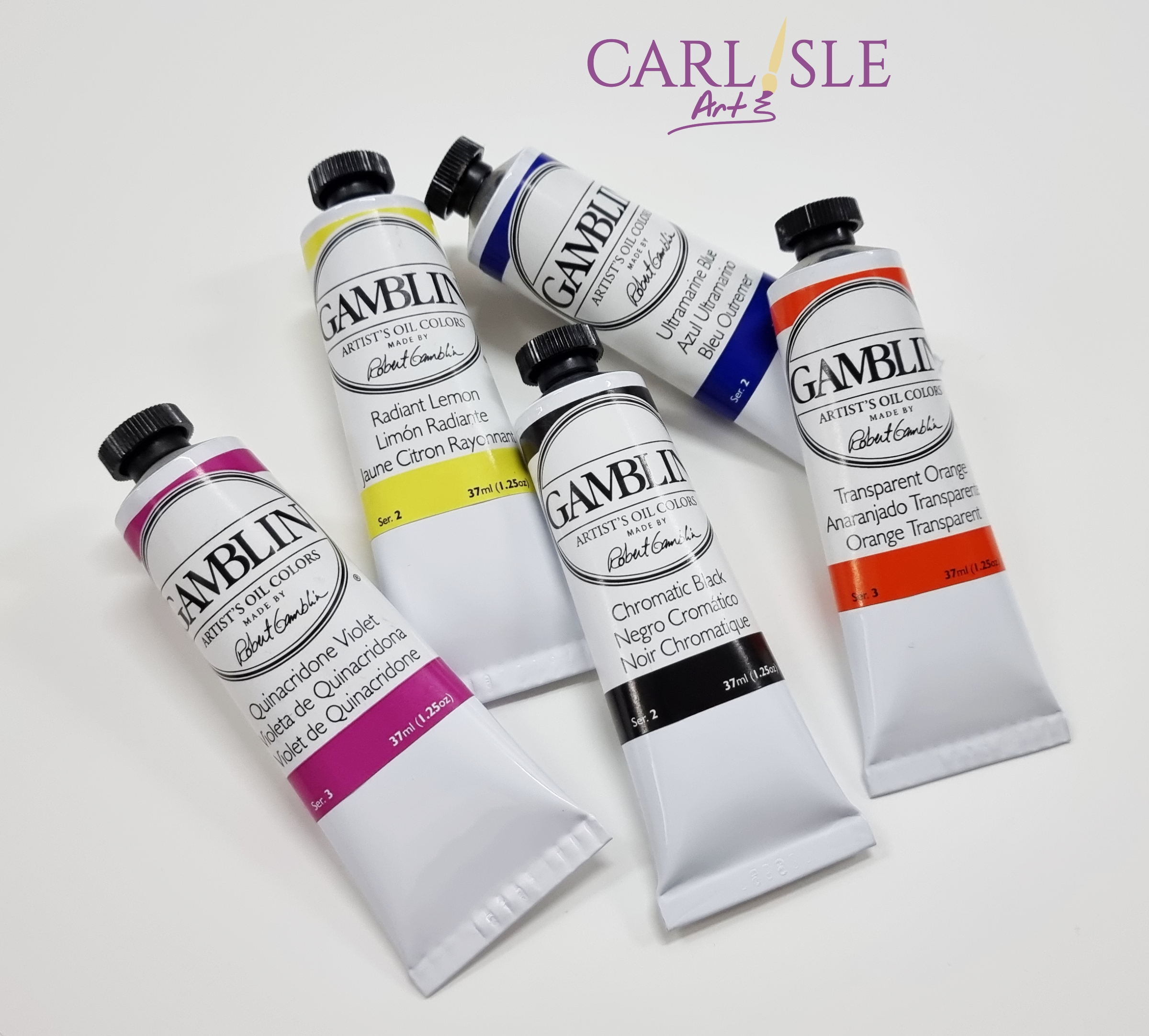
Gamblin Artist's Oil Paint 37ml Tube - Page 1 of 2 - Sold Singularly
Gamblin Artist Grade Oil Colors were created with the artist in mind - brilliant, strong, permanent colors without the downside of strong solvents. This oil paint is made from pure pigments and the finest refined linseed oil, retaining tinting strength, undertone and texture of the original pigment. This luscious color is true to historic working properties, yet safer and more permanent. Size: 150 mL.

Gamblin Artist Oil 37ml Naples Yellow Hue
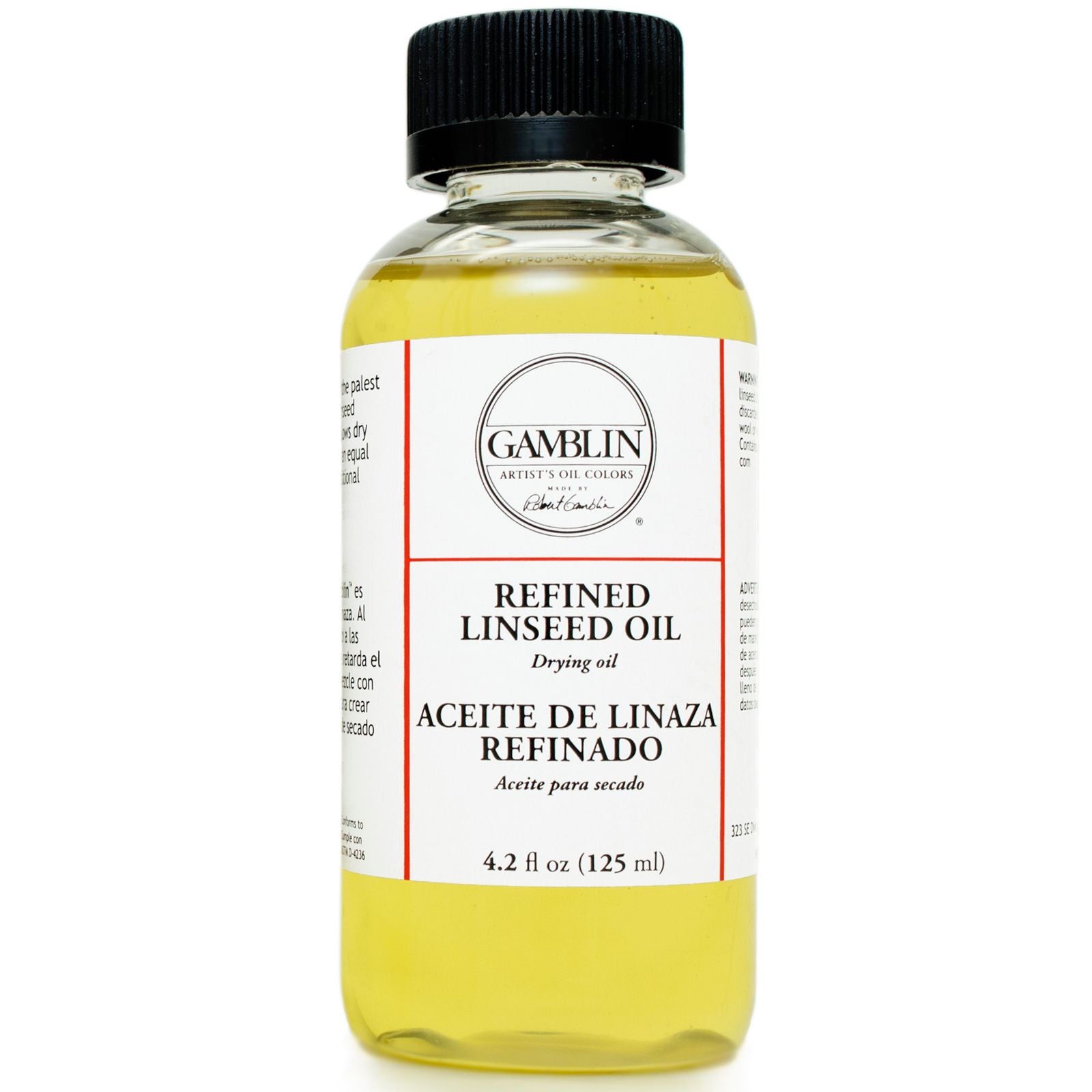
Gamblin Refined Linseed Oil – ARTONLY
Get the Gamblin 1980 Oil Color, 37mL at Michaels. These oil colors offer artists true color for a real value and are intended for painters who are increasing their knowledge of techniques, or experimenting with new ideas. Paints are formulated with pure pigments, the finest refined linseed oil and marble dust (calcium carbonate).
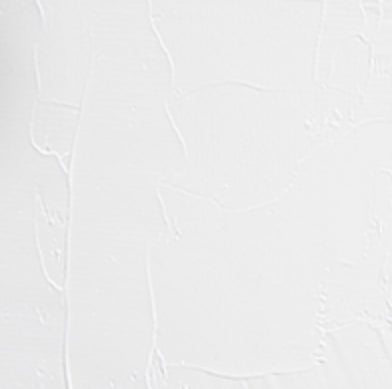
Gamblin | 1980 Oil 37ml Chromium Oxide Green
Gamblin manufactures oil painting materials from formulae developed by Robert Gamblin to serve two purposes. Firstly, Gamblin Artist's Colors have
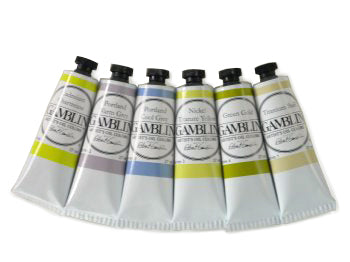
Gamblin Artist Grade Oils - 37ml

Gamblin Artist&s Oil Colors Introductory Set

Gamblin Artist Oil Color Paint - Professional Curated Collection

Michael Harding Handmade Watercolour paints 15 ml tubes - artonly
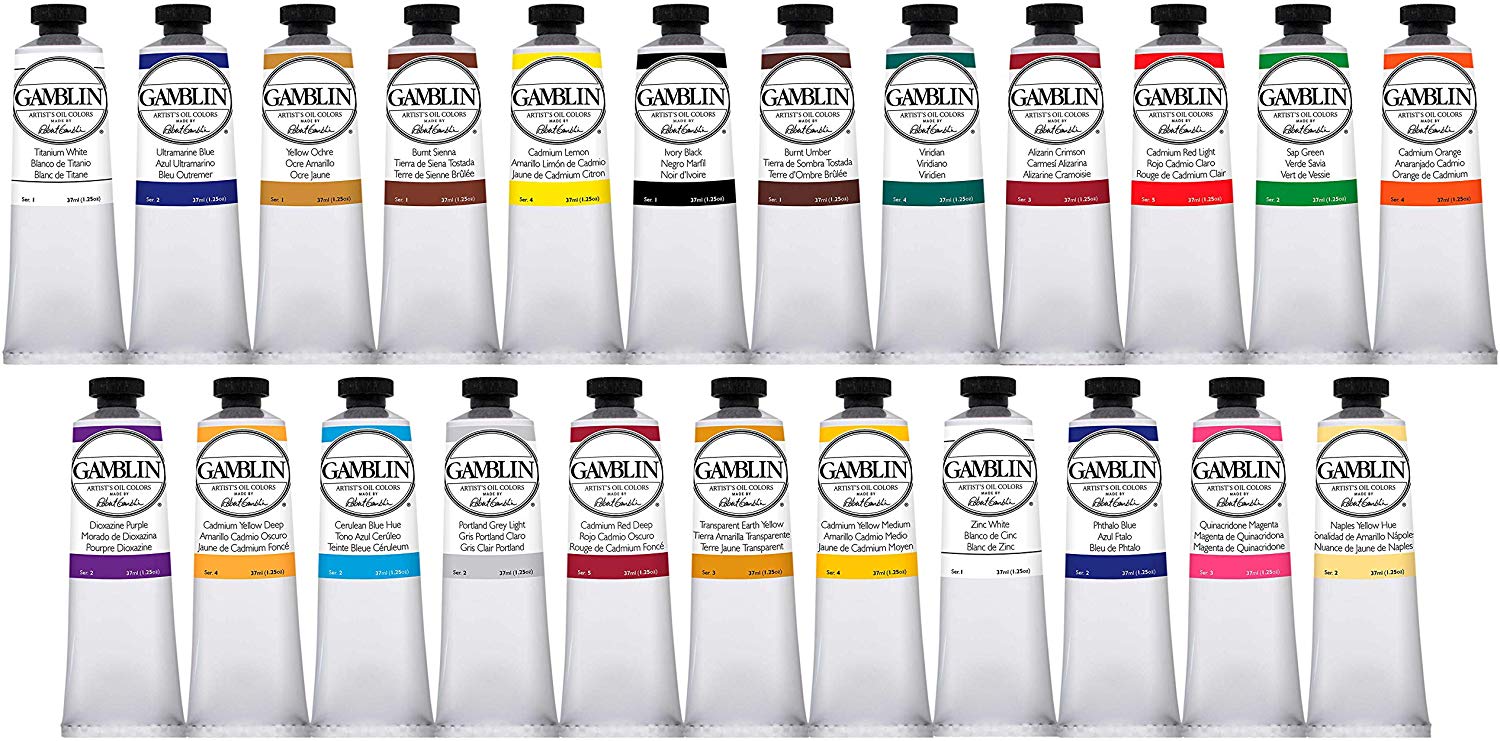
Gamblin Artist Oil Color Paint - Professional Curated Collection

Gamblin Artist Grade Oils - 37ml - Judsons Art Outfitters
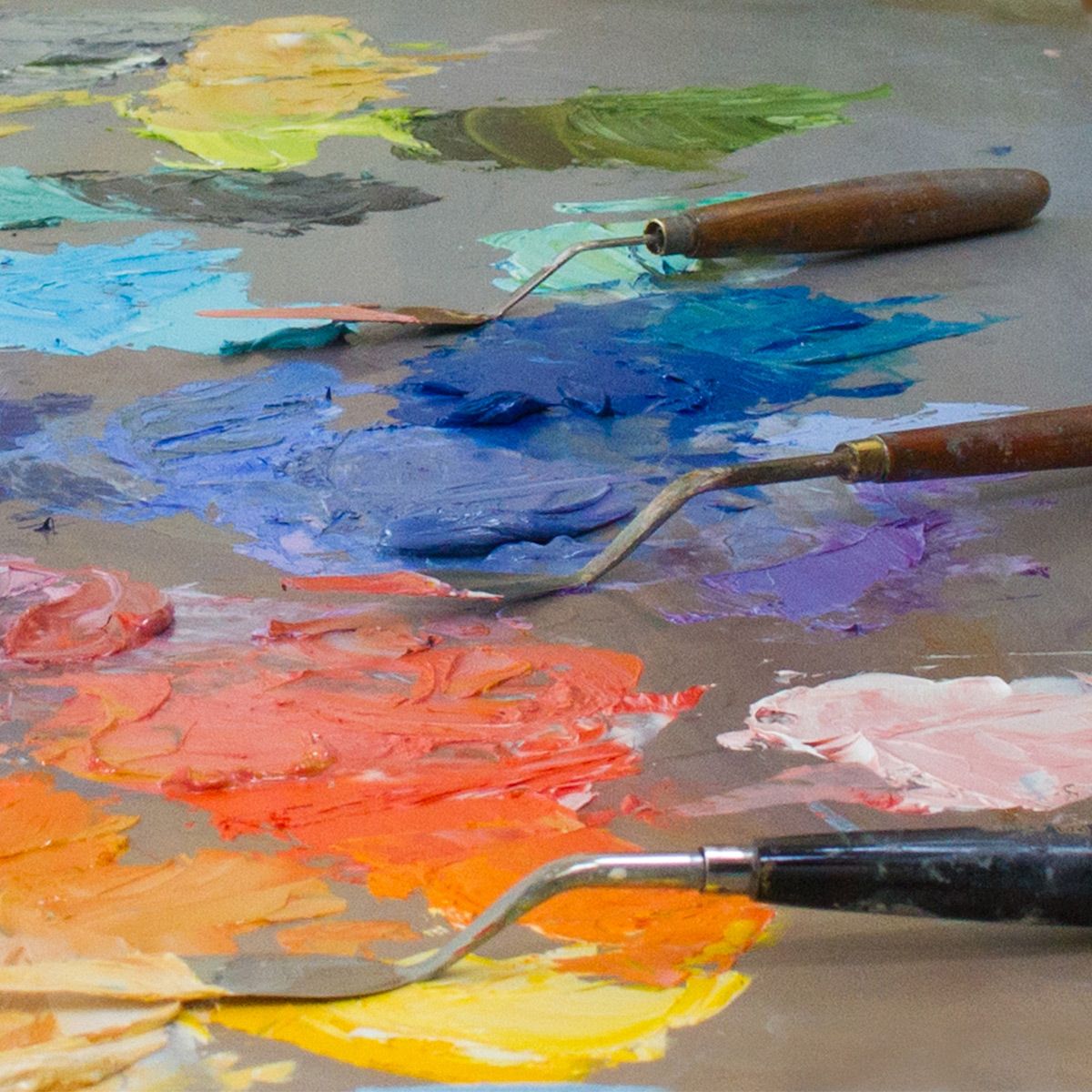
Gamblin Artist Oil 37 ml Silver

Gamblin Artist Oil Colors Introductory Set,Multi,37 ml

Volume, Weight, And Pigment To Oil Ratios Just Paint, 60% OFF


